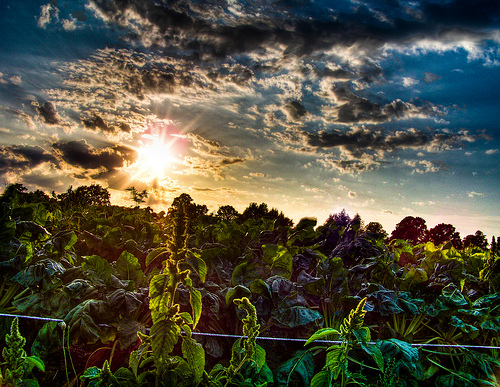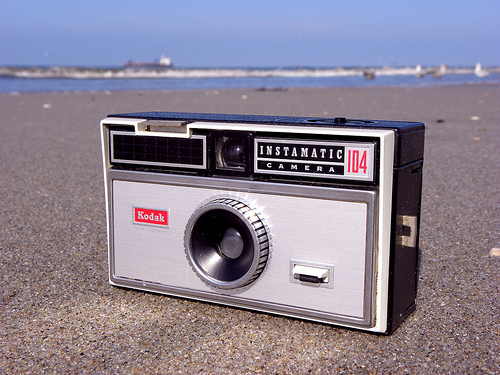
(photo by Thomas Euler)
Did you see this? NYTimes foodman Mark Bittman is the kind of guy you want thinking about the food supply.
Says Mark:
“For decades, Americans believed that we had the world’s healthiest and safest diet. We worried little about this diet’s effect on the environment or on the lives of the animals (or even the workers) it relies upon. Nor did we worry about its ability to endure — that is, its sustainability.
That didn’t mean all was well. And we’ve come to recognize that our diet is unhealthful and unsafe. Many food production workers labor in difficult, even deplorable, conditions, and animals are produced as if they were widgets. It would be hard to devise a more wasteful, damaging, unsustainable system.”
Everyone needs food, so it’s funny (and okay, scary) that we have so little control over how our food gets to our plates. And like everything, food production has an economic story behind it.
Read Mark’s suggestions for shaking up the system, reclaiming our diets, and ensuring clean, nutritious food that’s good for us and the planet.
February 14th, 2011

(photo by Thomas Euler)
Did you see this? NYTimes foodman Mark Bittman is the kind of guy you want thinking about the food supply.
Says Mark:
“For decades, Americans believed that we had the world’s healthiest and safest diet. We worried little about this diet’s effect on the environment or on the lives of the animals (or even the workers) it relies upon. Nor did we worry about its ability to endure — that is, its sustainability.
That didn’t mean all was well. And we’ve come to recognize that our diet is unhealthful and unsafe. Many food production workers labor in difficult, even deplorable, conditions, and animals are produced as if they were widgets. It would be hard to devise a more wasteful, damaging, unsustainable system.”
Everyone needs food, so it’s funny (and okay, scary) that we have so little control over how our food gets to our plates. And like everything, food production has an economic story behind it.
Read Mark’s suggestions for shaking up the system, reclaiming our diets, and ensuring clean, nutritious food that’s good for us and the planet.

